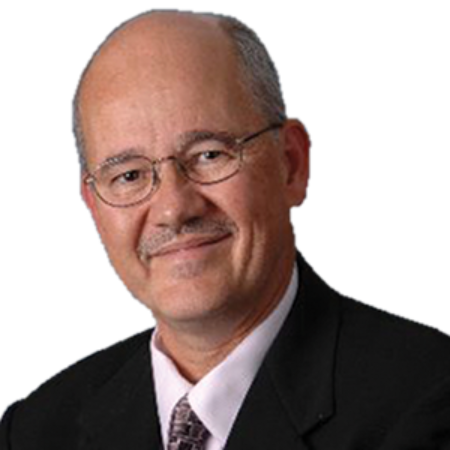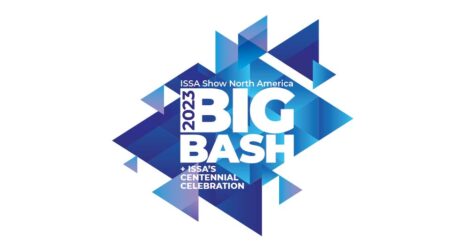While it may be convenient to blame our employees for not meeting our cleaning standards, more often than not, it’s due to a lack of proper training.
As members of the cleaning profession, we know there is more to cleaning than simple appearances. A truly efficient and effective cleaning operation requires employees who are trained in the most effective, efficient, and safe way to perform their jobs.
Implementing a useful and efficient training program for your employees will require these five steps:
1. Developing Standards
Before you can train employees on a system, you need to have a system. That system should be standardized throughout your operations. As a cleaning consultant, I’ve seen many operations that use a different system for each building, and in some cases, for each cleaner. This makes proper training almost impossible.
A proper training program requires a standardized system to put everyone on the same page and eliminate the guesswork. Such a system will then make it easier to set and measure the time and level of quality you expect from each cleaner.
2. Teaching the System
You cannot just tell your staff how to clean effectively, or worse, simply hand them a manual. Proper cleaning can only be taught through a combination of explanation and the modeling of each task and procedure. As your cleaners will be listening to you and watching you demonstrate, it is extremely important that your actions match your instructions and that you demonstrate the procedure exactly as you want your employees to carry it out.
3. Respecting Different Learning Styles
Different people learn in different ways. Some learn more by seeing, while others may learn by doing. For some, written materials may be meaningless, while others may benefit from manuals that reinforce or allow them to review what they’ve learned. That’s why it is important to include all three learning styles in your training. Also, always be sure to include pictures in any written materials for those who are more visual or may have difficulty with reading or language.
4. Building in Practice Time
Some people master tasks more quickly than others, but most will not learn a task simply by seeing it modeled just once. Teaching and modeling should be followed by guided practice and independent practice.
In guided practice, the trainee demonstrates the cleaning process that was just modeled, so the instructor can make corrections as needed. Be respectful of the cleaners, but firm during this process. It is common to feel awkward with someone looking over your shoulder. Put your cleaners at ease by making it clear they are not expected to perform perfectly the first time, and never reprimand unless an employee is being totally uncooperative.
During independent practice trainees will practice by themselves. Some employees may be uncomfortable around you or feel self-conscious. Allowing for them to perfect the task on their own can help with their training.
5. Evaluation
It is unrealistic to assume all cleaners will reach an optimal level of performance after a single training session. Evaluation will allow you to measure where they are and what additional training will be required for certain individuals or groups. It also allows you to determine the effectiveness of your training program. If time after time cleaners are far behind where you would expect them to be, perhaps some changes in method are in order.
The Result
An effective training program, based on a standardized system, will make your job easier and your operations more efficient in the long run. Take the time to get a comprehensive training program started in your facility and watch the quality of your operations climb.



